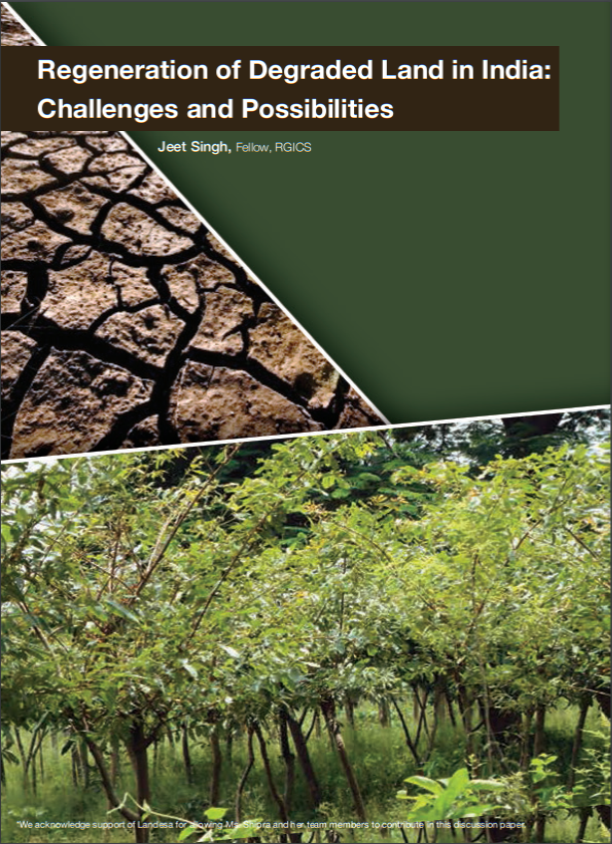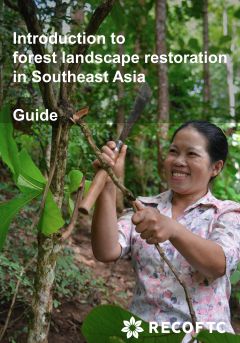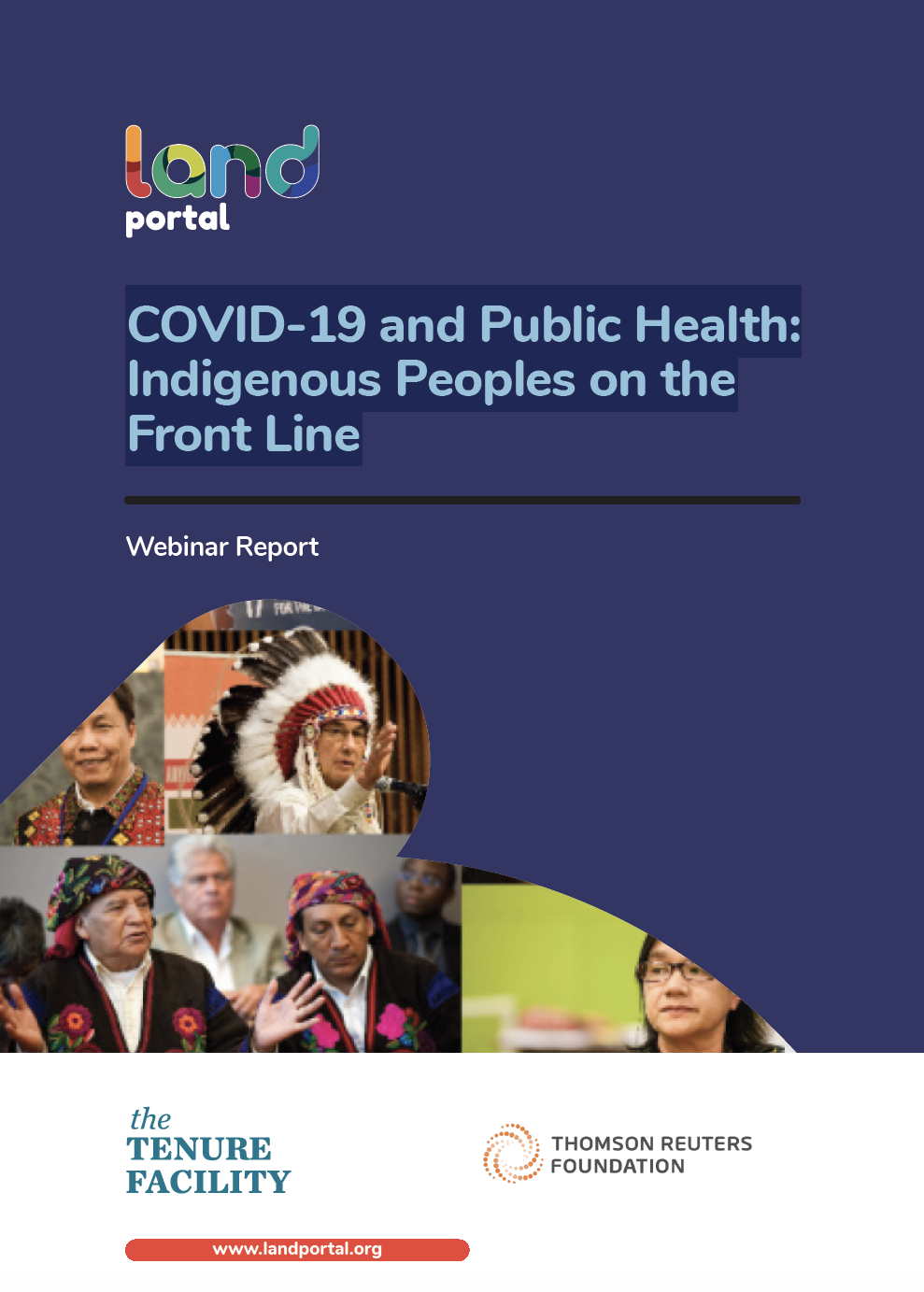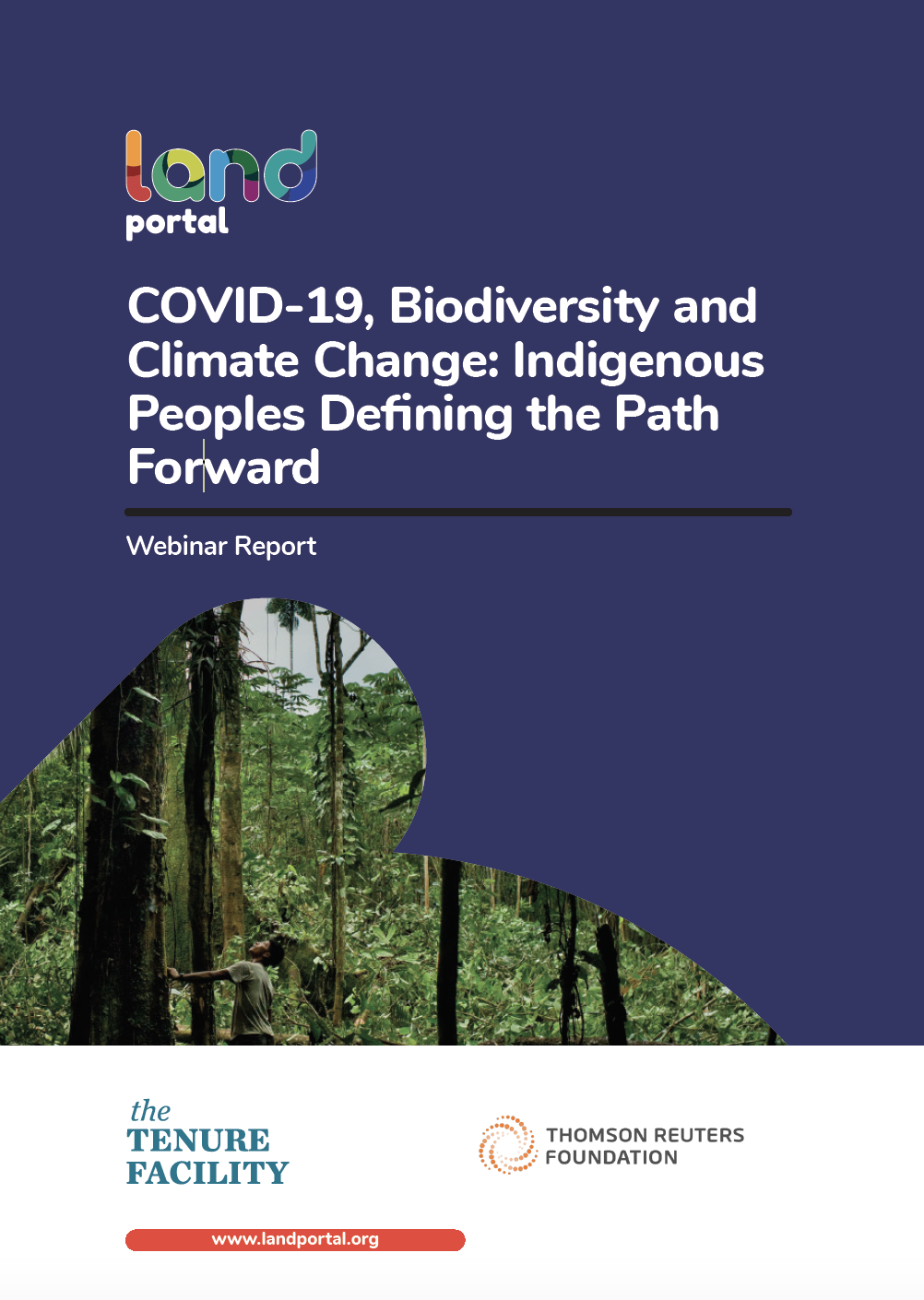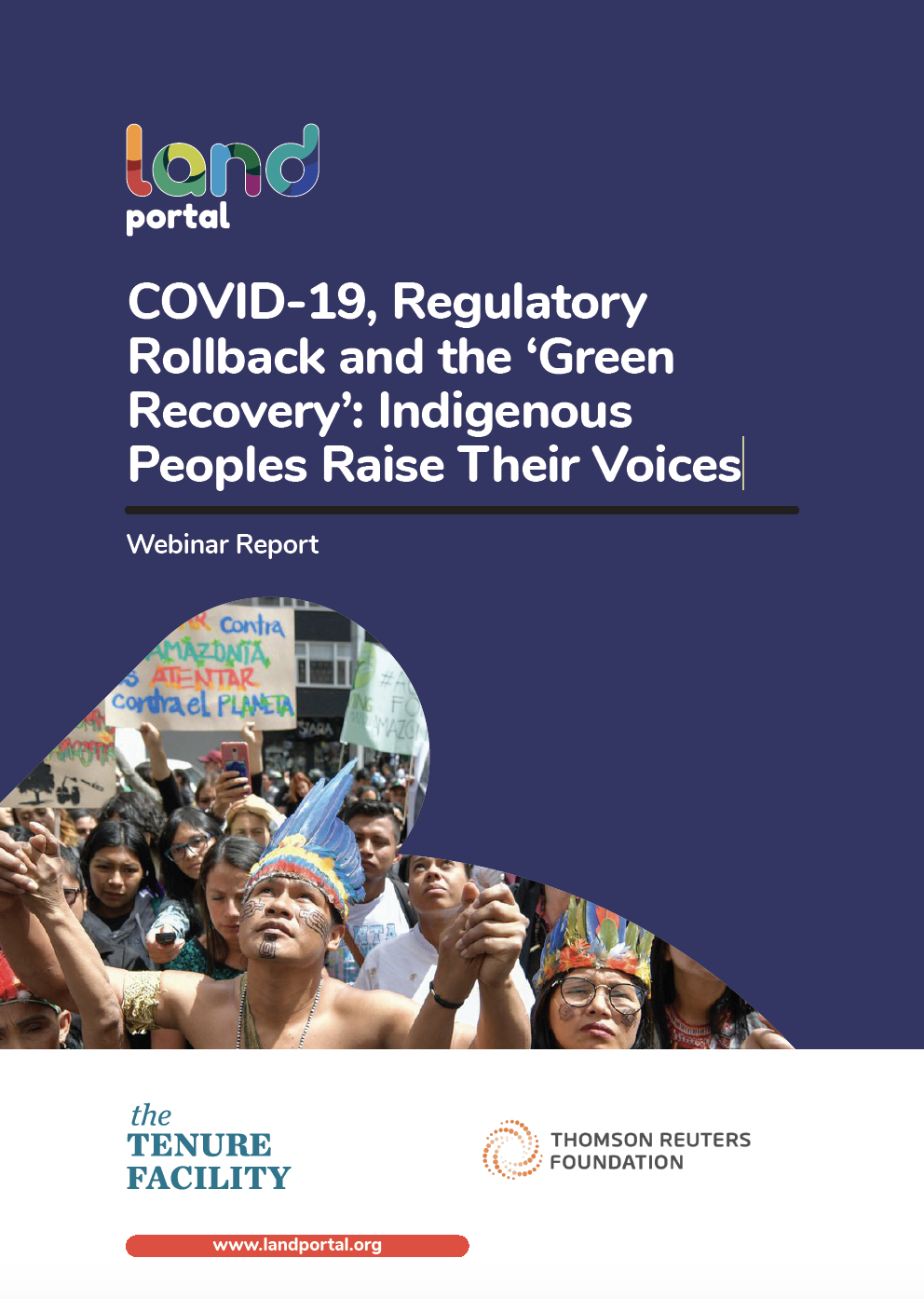Climate-Wise Habitat Connectivity Takes Sustained Stakeholder Engagement
Well-managed and connected protected area networks are needed to combat the 6th mass extinction, yet the implementation of plans intended to secure landscape connectivity remains insufficient. The failure to translate planning efforts into effective action (i.e., the research-implementation gap) hinders our ability to conserve biodiversity threatened by ongoing climate change and habitat fragmentation.


